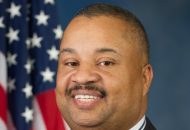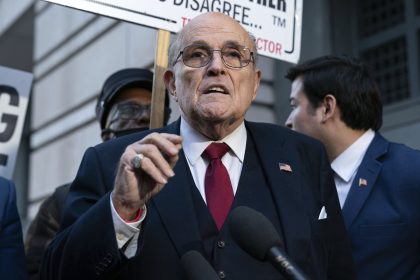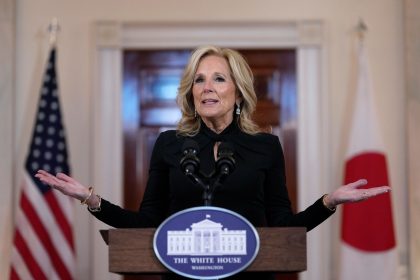International Collaboration Seen As Key to Future Space Exploration

When Vice President Mike Pence announced earlier this week that the United States plans to put astronauts back on the moon within five years, he appealed to America’s competitive spirit by declaring a new space race against U.S. adversaries China and Russia.
Though the U.S. space community has been largely supportive of the administration’s plan, the former director of NASA’s Johnson Space Center told The Well News that global collaboration has been the pillar of space exploration since the end of the Cold War and should continue to play a vital role.
“Working together with other countries is the right way to do it,” said George Abbey, a fellow at the Baker Institute for Public Policy at Rice University in Houston. “We have proven that we can do space activities much more effectively with cooperation. The International Space Station is an excellent example of that.”
Abbey noted that U.S. astronauts have relied on their Russian colleagues to go to space after the U.S. discontinued its Space Shuttle program in 2011.
This approach of collaboration flies in the face of the White House, which considers space to be the next battlefield. The creation of a U.S. Space Force is further evidence.
—
Related article | Senate Panel Told ‘Space Force’ Vital to US Warfighting Mission
—
“Make no mistake about it, we’re in a space race today, just as we were in the 1960s, and the stakes are even higher,” Pence said on Tuesday during his speech at the National Space Council in Huntsville, Alabama.
Despite declaring a 21st century space race, the Trump administration’s plan to compete with China and Russia fails to address the significant budget cuts that NASA has suffered since the last American stepped on the moon in 1972.
Back then, the agency received substantially more funding than it does now. At the height of the Apollo program, NASA’s annual budget accounted for more than 4 percent of federal spending. Today, it’s less than half a percent. In his latest budget proposal, President Donald Trump offers NASA $21.02 billion in fiscal year 2020, a decrease of $480 million over what the agency received in 2019.
For Abbey, the lack of financial support is going to be NASA’s biggest challenge in complying with the administration’s ambitious 2024 deadline – four years earlier than NASA’s previous target of 2028.
“I don’t think it’s very likely because going to go back to the moon is going to cost money. And if you’re going back, you have to do it safely. You don’t want to cut corners. I think it’s going to take a good investment of funds to do it the right way. Right now, they don’t have an architecture that really gets us to the moon,” Abbey said. “It doesn’t happen unless you have the money.”
In spite of this, Abbey is convinced that returning to the moon is the right objective as humanity is already contemplating manned missions to Mars and beyond.
“There’s a great deal of science that we can do on the moon, and we need to do that, including looking at the use of lunar materials. There are a number of very good reasons to go back to the moon,” he said.
Pence identified establishing a moon base and developing new technologies for further space exploration as two main objectives.
“Failure to achieve our goal to return an American astronaut to the moon in the next five years is not an option,” the vice president said.






















